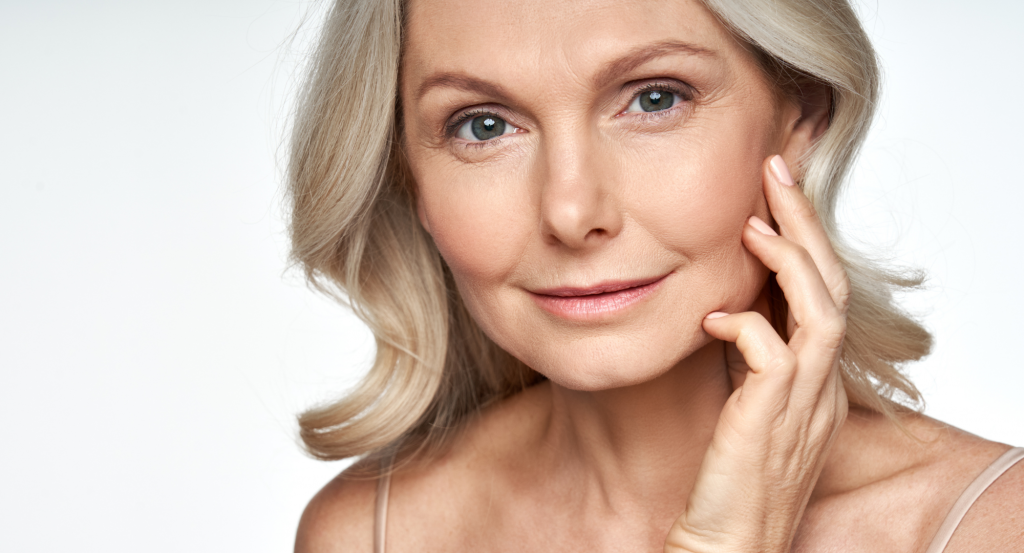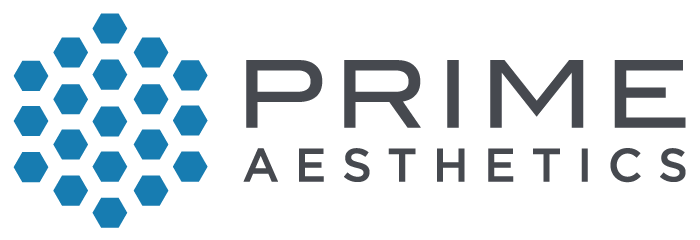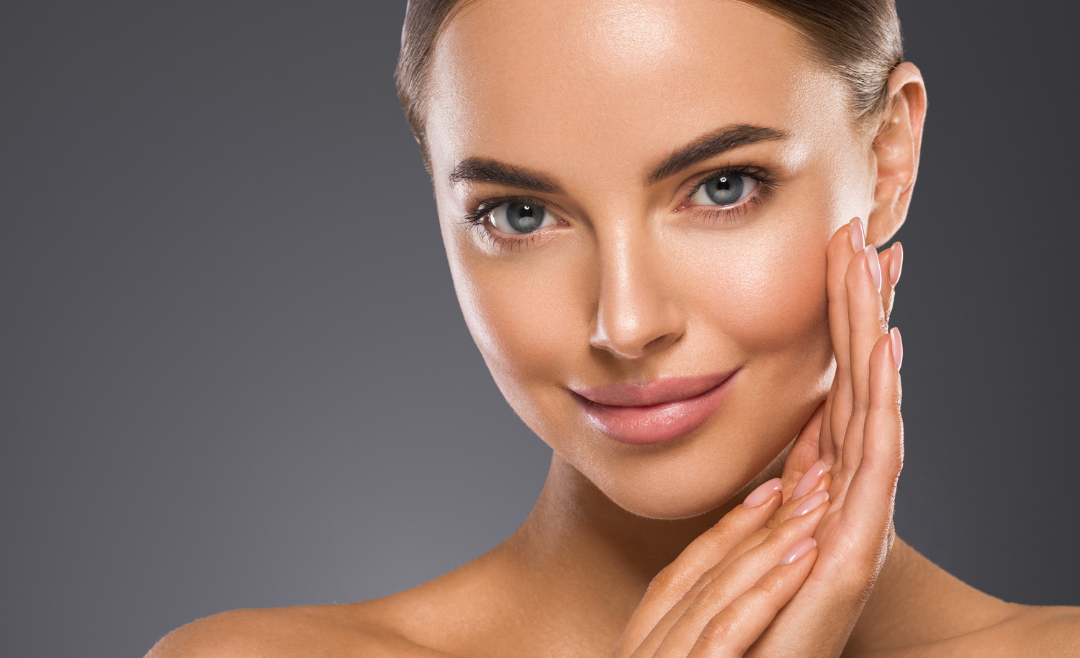In the ever-evolving world of skincare, one ingredient has remained a timeless favorite among dermatologists, beauty enthusiasts, and skincare experts alike: retinol.
Often referred to as the “gold standard” of anti-aging ingredients, retinol has gained immense popularity for its remarkable ability to transform the skin’s texture, tone, and overall appearance. If you’re curious about the magic of retinol and how to make it work for you, you’ve come to the right place. In this comprehensive guide, we’ll explore everything you need to know about retinol, from its various types to the best practices for incorporating it into your skincare routine.
Understanding Retinol
What is Retinol?
Retinol is a derivative of vitamin A, a powerful antioxidant that plays a crucial role in various physiological processes within the body. When applied topically to the skin, retinol undergoes a conversion process, transforming into retinoic acid—a compound that can communicate with skin cells and stimulate a range of positive changes.

Benefits of Retinol
- Reducing Fine Lines and Wrinkles: Retinol promotes collagen production, which helps to improve the skin’s elasticity and reduce the appearance of fine lines and wrinkles.
- Evening Skin Tone: Retinol can fade dark spots, sunspots, and hyperpigmentation, resulting in a more even complexion.
- Unclogging Pores: Retinol works by increasing skin cell turnover, preventing the accumulation of dead skin cells in pores and reducing the risk of acne breakouts.
- Improving Texture: With consistent use, retinol can lead to smoother, softer, and more radiant skin.
Types of Retinol
Retinol comes in various forms, each with its own unique characteristics. Understanding these different types will help you choose the right one for your specific skincare needs.
1. Retinol
Pure retinol is one of the most common and well-tolerated forms of vitamin A. It’s suitable for most skin types and is a great starting point for those new to retinol.
2. Retinyl Palmitate
This form of retinol is milder and less potent than pure retinol. It’s often used in skincare products for those with sensitive skin or beginners who want to ease into using retinol.
3. Retinaldehyde
Retinaldehyde is one step closer to retinoic acid in the conversion process, making it more potent than retinol. It can provide quicker results but may also be more irritating to some individuals.
4. Prescription-Strength Retinoids
Tretinoin (Retin-A) and adapalene (Differin) are prescription-strength retinoids that are highly effective at treating acne, fine lines, and hyperpigmentation. They should be used under the guidance of your aesthetic therapist.
How to Use Retinol
Start Slowly
When introducing retinol into your skincare routine, start with a lower concentration to allow your skin to acclimate. Begin by using it every other night or as advised by your aesthetic therapist and gradually increase the frequency.
Apply at Night
Retinol can make your skin more sensitive to sunlight, so it’s best applied at night. Remember to wear sunscreen during the day to protect your skin.
Use a Pea-Sized Amount
A little goes a long way with retinol. A pea-sized amount is usually sufficient for the entire face.
Moisturise
To counteract potential dryness and irritation, apply a moisturiser after your retinol product has fully absorbed into the skin.
Patience is Key
Results from retinol may take several weeks to become noticeable. Be patient and consistent with your application for the best results.
Best Practices for Retinol
Avoid Mixing with Certain Ingredients
Retinol can be less effective when used with ingredients like benzoyl peroxide or alpha hydroxy acids (AHAs). Consult with your aesthetic therapist for a personalised skincare routine if you use these products.
Be Sun Smart
Always wear sunscreen during the day, even on cloudy days, to protect your skin from UV damage while using retinol.
Consult your aesthetic therapist
If you’re unsure about which retinol product is right for you or if you experience severe irritation, it’s wise to seek guidance from your aesthetic therapist.
Conclusion
Retinol is undoubtedly one of the most potent and versatile ingredients in the skincare industry. When used correctly, it can address a wide range of skin concerns, from wrinkles and fine lines to acne and hyperpigmentation. However, it’s important to approach retinol with caution and patience, as it can be potent and may cause irritation if not used properly. Always start with a lower concentration and gradually increase usage to allow your skin to adapt.
Incorporating retinol into your skincare routine can lead to radiant, youthful-looking skin over time. So, whether you’re a skincare novice or a seasoned pro, retinol is an essential tool in your quest for healthy, beautiful skin.

